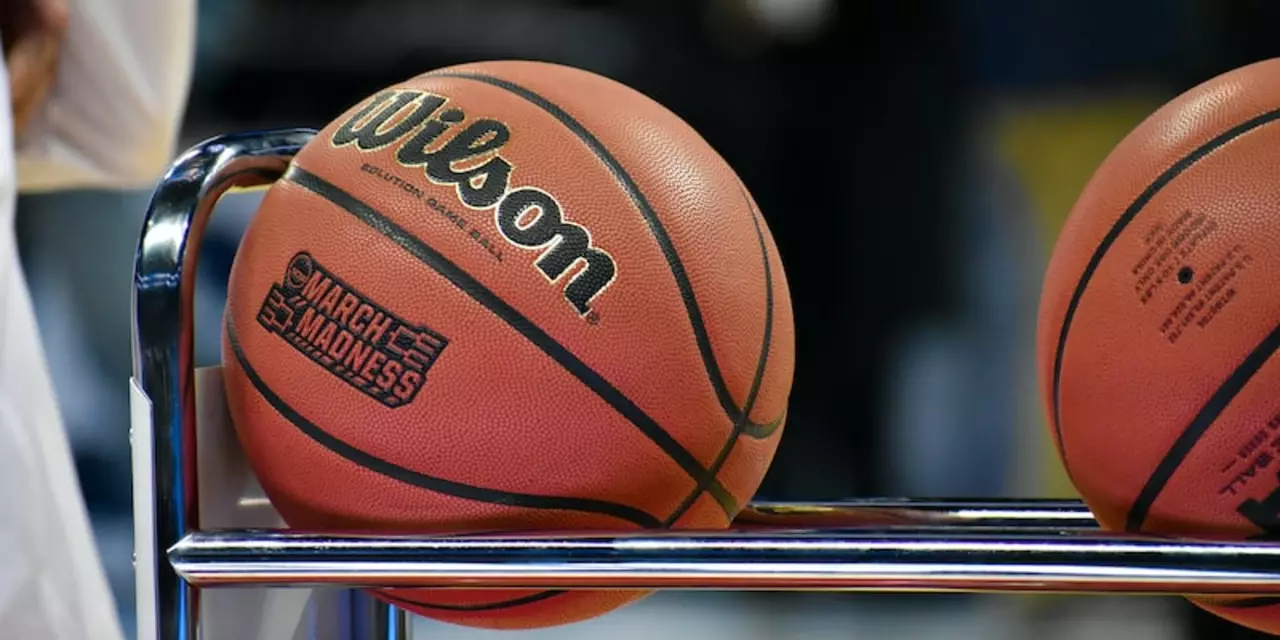Basketball History: The Story Behind the ‘Cagers’ Nickname
Ever wondered why old‑school basketball fans used to call players ‘cagers’? It’s not a typo or a random slang word – there’s a real reason behind it, and it tells a lot about how the game grew in the early 1900s.
Where the term ‘cager’ came from
Back when basketball was still finding its feet, courts weren’t the sleek indoor arenas we see now. Most games were played in gymnasiums that had metal wire cages surrounding the playing surface. Those cages kept the ball from bouncing out and stopped spect‑ators from stepping onto the court. Because players spent every minute inside that metal box, fans started calling them ‘cagers’. It was a literal description – they were the ones inside the cage.
The cages were more than just a safety feature. They shaped the style of play, forcing shooters to aim carefully and defenders to stay close. Over time, the nickname stuck and began to symbolize a player’s toughness and dedication to the sport.
How ‘cager’ became basketball slang
As the game spread across the United States, the term ‘cager’ moved beyond the gyms. Newspapers used it in headlines, and coaches used it in pep talks. It turned into a badge of honor – being called a cager meant you were part of a growing basketball culture, not just another athlete.
When indoor arenas phased out the wire cages in the 1930s, the word didn’t disappear. Players and fans kept using it out of habit and respect for the sport’s roots. Even today, you’ll hear older fans drop ‘cager’ into a conversation, especially when talking about classic games or legendary players.
Nowadays, the word competes with newer slang like ‘hooper’ or ‘baller’. But it still pops up in historical articles, podcasts, and retro‑themed events. If you’re a basketball enthusiast, tossing in ‘cager’ can show you know a bit of the game’s backstory.
So, why does this matter for today’s player? Understanding terms like ‘cager’ connects you to the sport’s past. It reminds you that basketball wasn’t always the fast‑paced, three‑point‑shooting spectacle we watch now. It was a game built inside a cage, where every rebound and pass felt tighter and more personal.
If you’re writing about basketball history, mentioning ‘cagers’ adds authenticity. It tells readers you’ve dug into the details, not just skimmed the surface. And if you’re chatting with a fellow fan, dropping that nickname can spark a fun debate about old‑school versus modern basketball culture.
Bottom line: the ‘cager’ nickname is a snapshot of basketball’s early days, a nod to the cages that shaped the game, and a term that still carries a little street‑cred among true fans. Next time you hear it, you’ll know the story behind the word – and you can share it with anyone curious about basketball’s rich past.
Why were basketball players sometimes called 'cagers'?
Basketball players have been referred to as cagers since the early 1900s, when the sport was first gaining popularity in the United States. The term is derived from the wire cages that were used to keep spectators out of the courts and to keep the ball from leaving the court. This term was used to refer to those who played and watched the sport, which was the first step in creating a distinct culture around the game. As basketball continued to grow, the term cager became a sign of respect and admiration for those who play the sport. Today, the term is still occasionally used, though it has largely been replaced by words like hooper or baller.
read more
